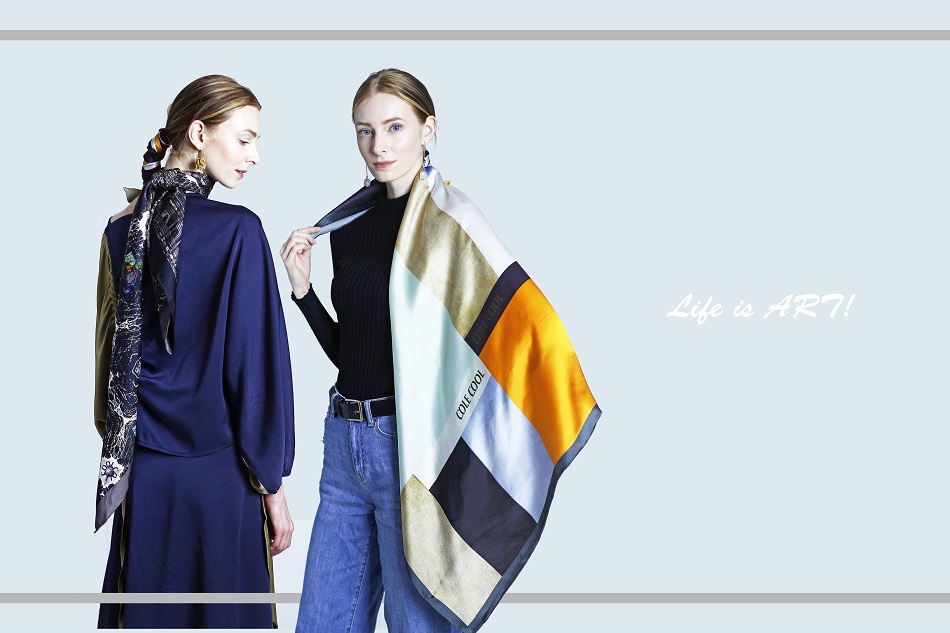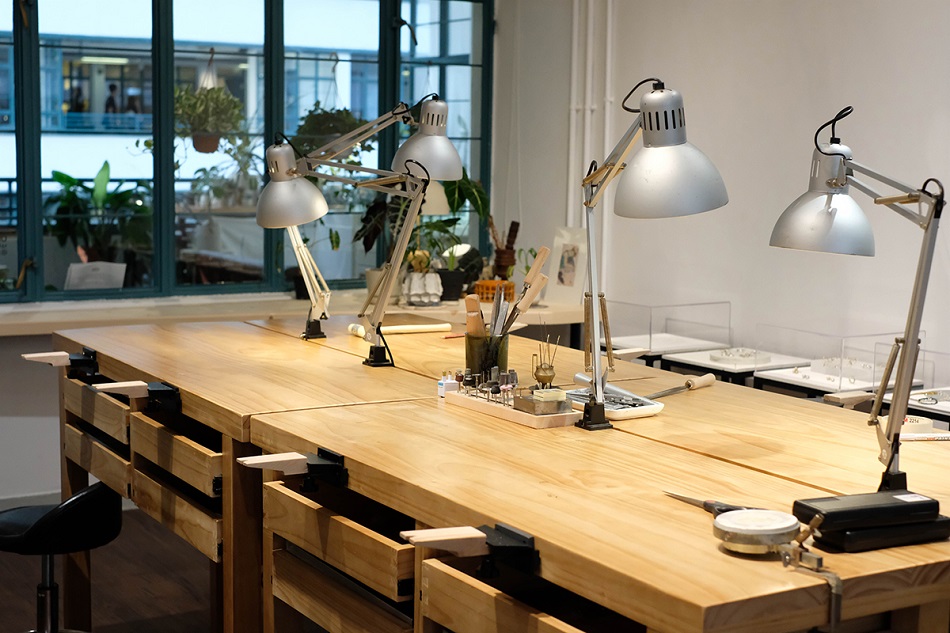Leisure & Culture #28
Daddy’s Blues
Garling Lai
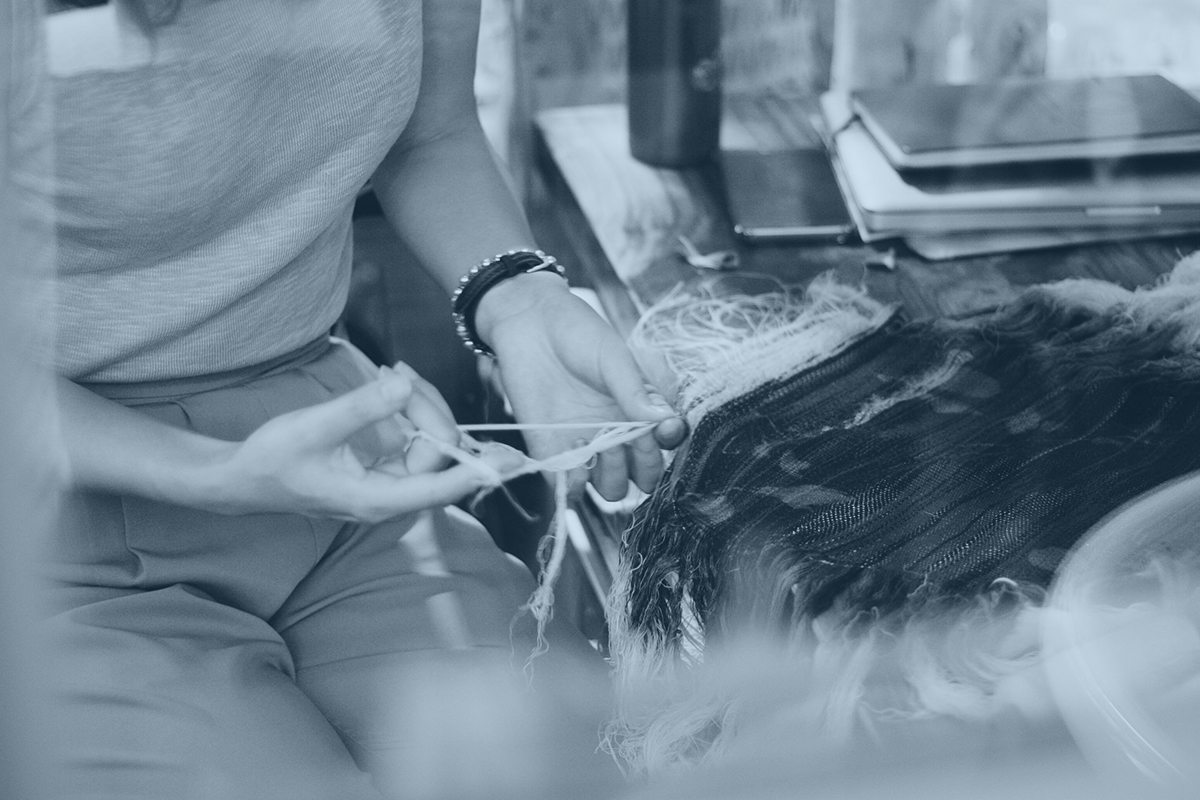
Written by Kit Chan
Translated by v_p
Photos by Kit Chan
It was like a scene right out of a soap opera. One day, a relative told her, “You didn’t live with your daddy until you turned three.”
Anyone would be shocked, but not Garling, whose heart was filled with guilt instead. “It must be such a hard time for Daddy. Without his wife and kids by his side, how did he possibly go through it?”
It was 1991. Immigration seemed the way to go, so Garling’s dad sent his family off to Australia, while he stayed alone in Hong Kong to support them. Garling was still in her mother’s womb then, by the time her family reunited in Hong Kong, she was already three years old.
“Maybe I was too young? I don’t remember this chapter of my life at all,” Garling said, looking puzzled. “People always say long distance relationships are dreadful, and I was already in such a relationship with dad since I was born!”
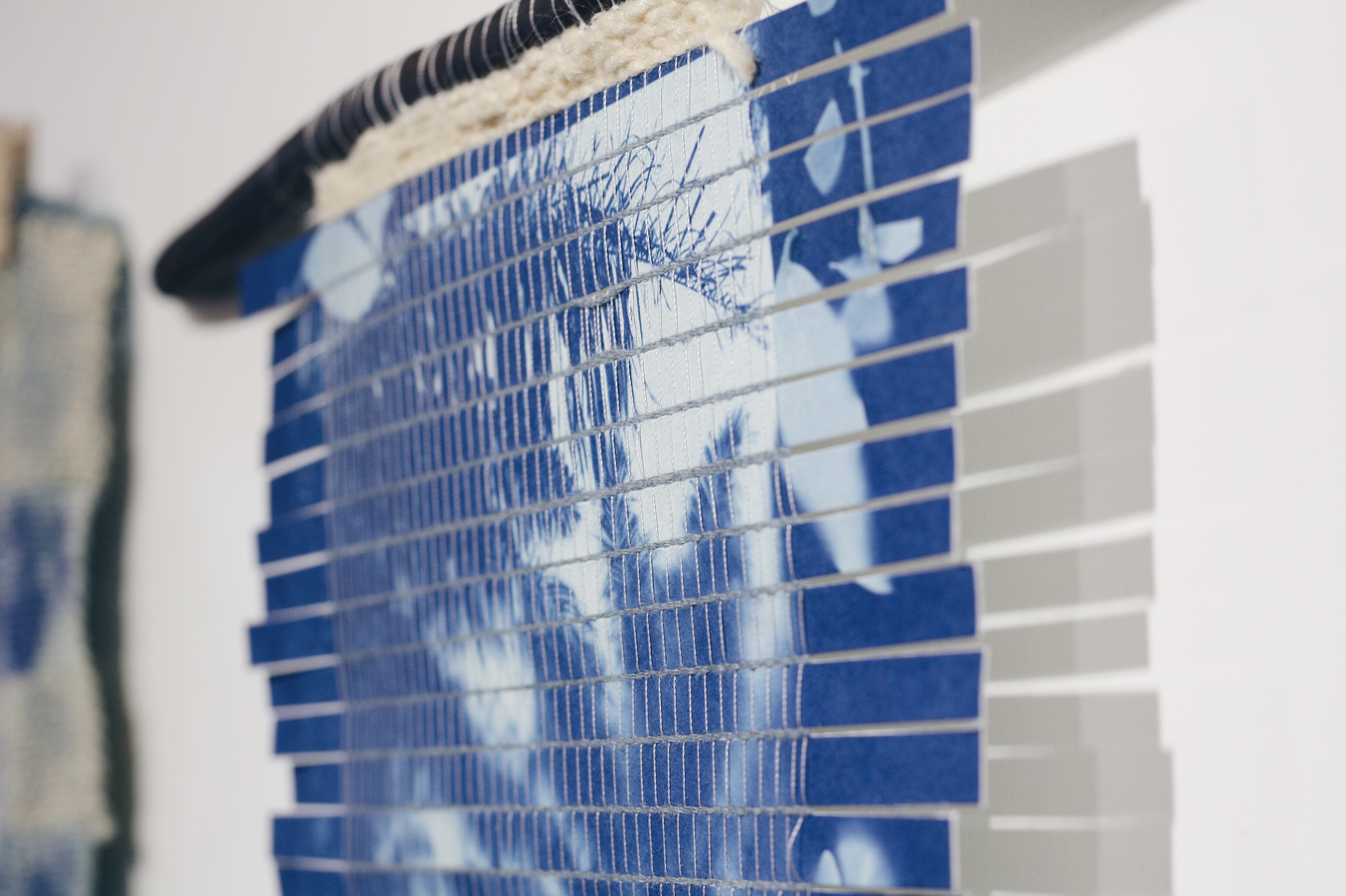
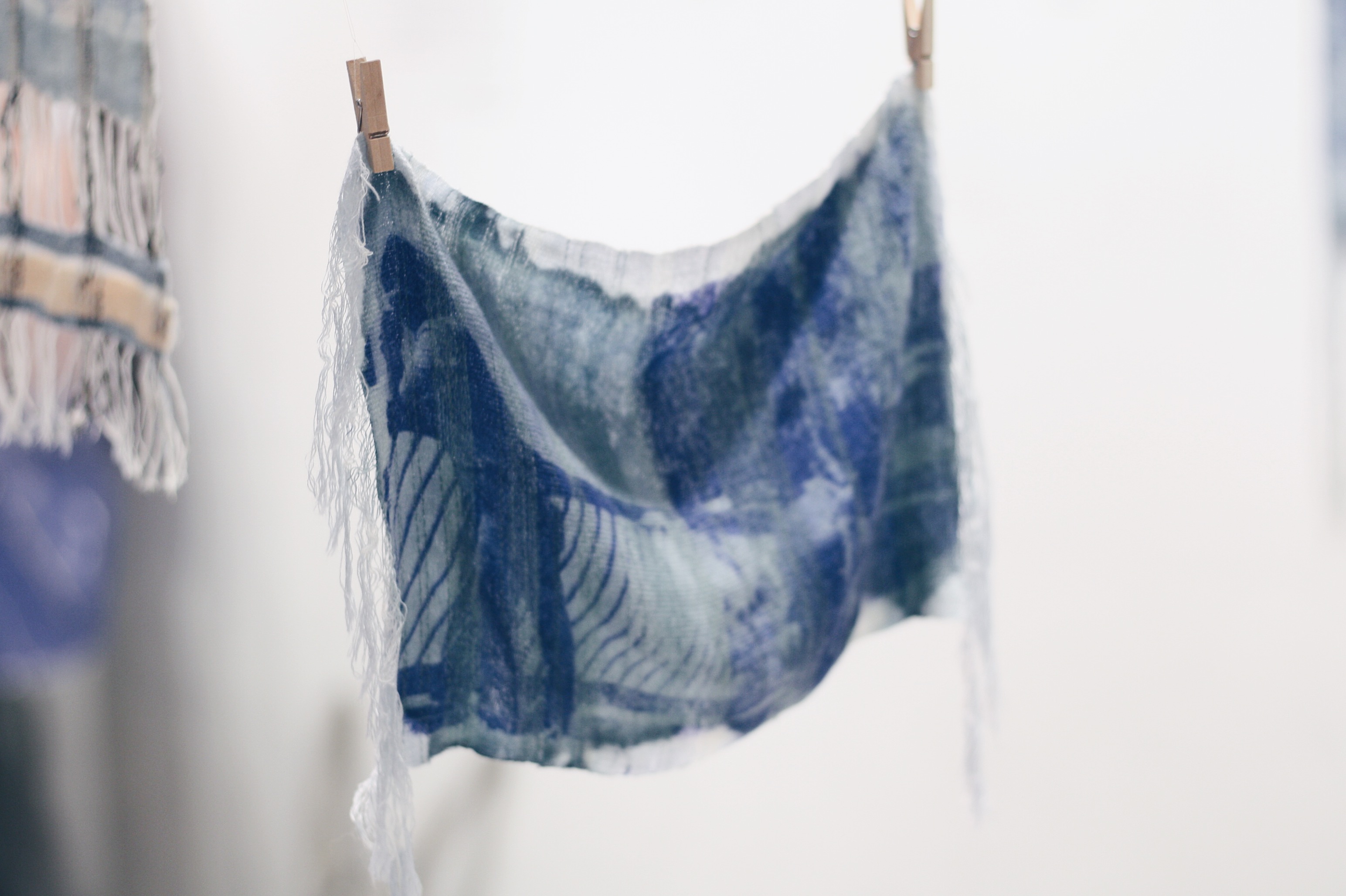
The story did not end here. Just when Garling learnt about the past, fashion brand WHOSTHATshop invited her to collaborate in an exhibition, on “Diminishing Memories”.
Garling searched through her old family photos right away, and decided to reconstruct the missing years with an age-old tradition – a technique called Cyanotype, invented by British physicist John Herschel in 1842. Originally used for copying journals, it was later adopted by botanist and photographer Anna Atkins as a way to preserve plant specimens, leaving a valuable photographic herbarium behind for generations to come.
Cyanotype is done by mixing potassium ferricyanide and ferric ammonium citrate as a sensitizer, then applying on paper, with the negative film placed on top, holding them flat and tight with wooden boards and acrylic sheets. When exposed under UV sunlight, positive images will appear on the contact print, and the brown colored photosensitive solution will turn into shades of blue, also known as cyan-blue prints.
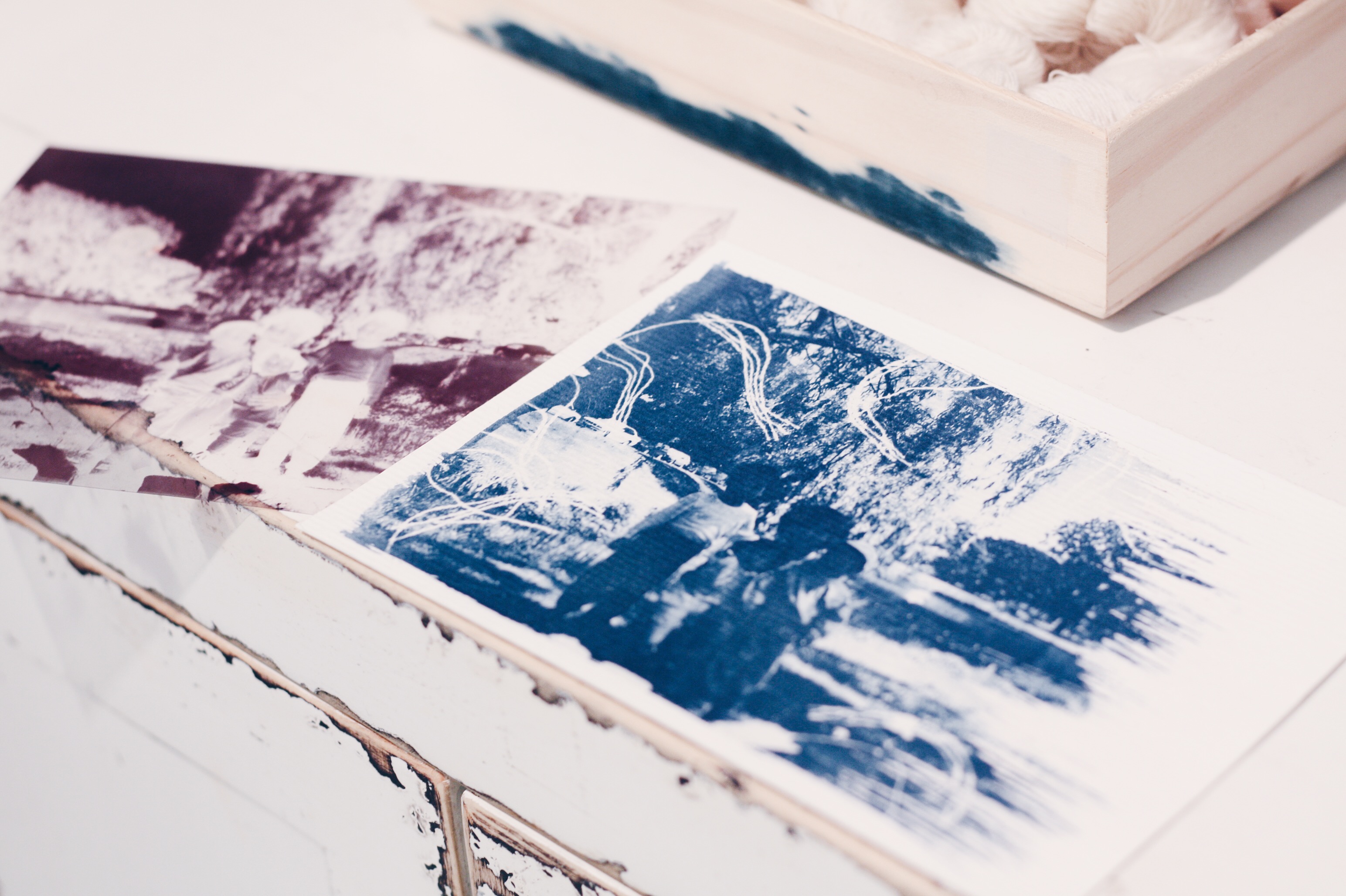
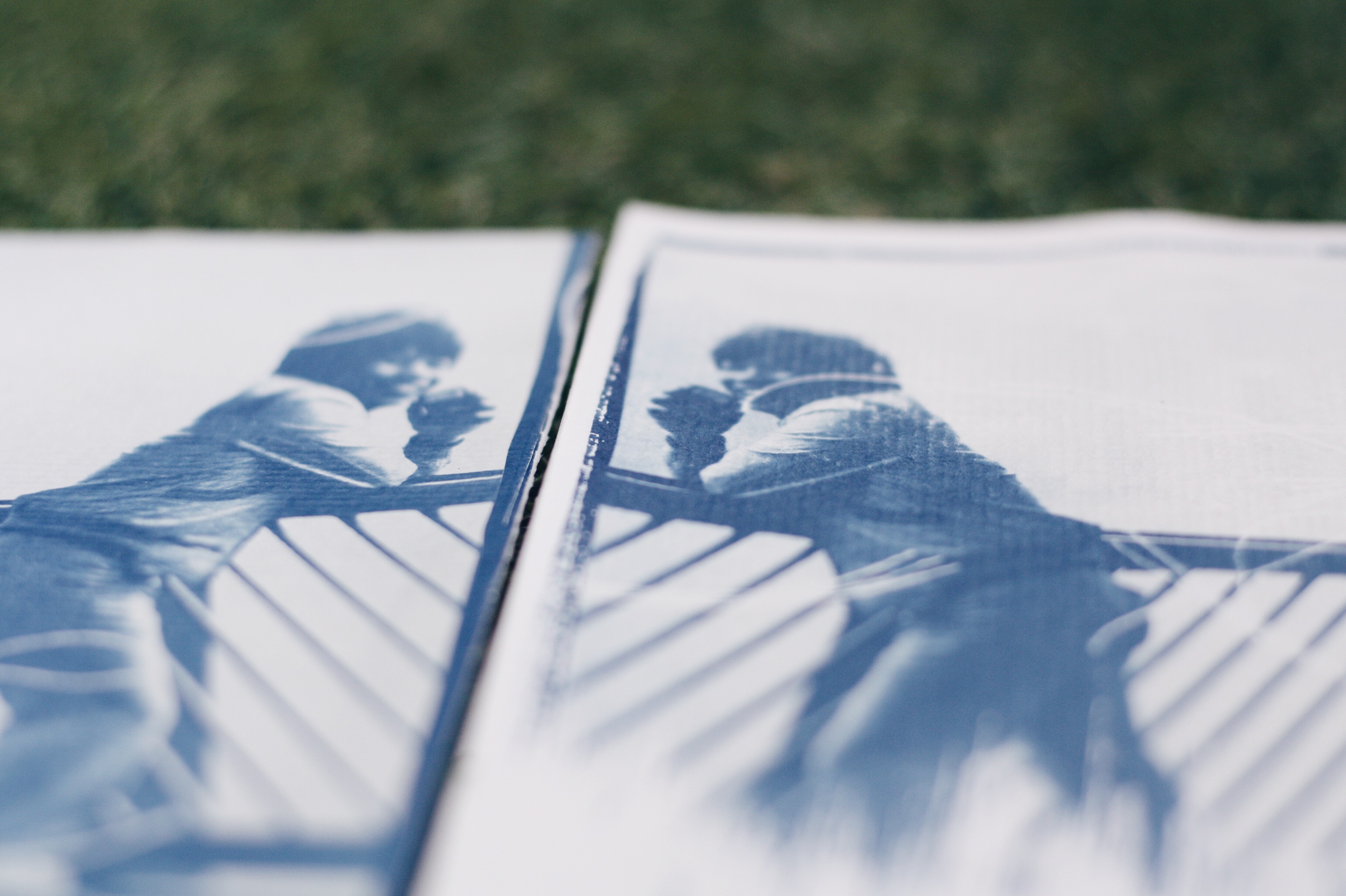
Garling, who has been studying textile art and a weaver herself, not only printed her dad’s images on postcards, but also on fabrics. There were photos of dad when he was working in Hong Kong, and photos of mom, her brother, and herself having fun at the park – though dad was not there to smell the roses.
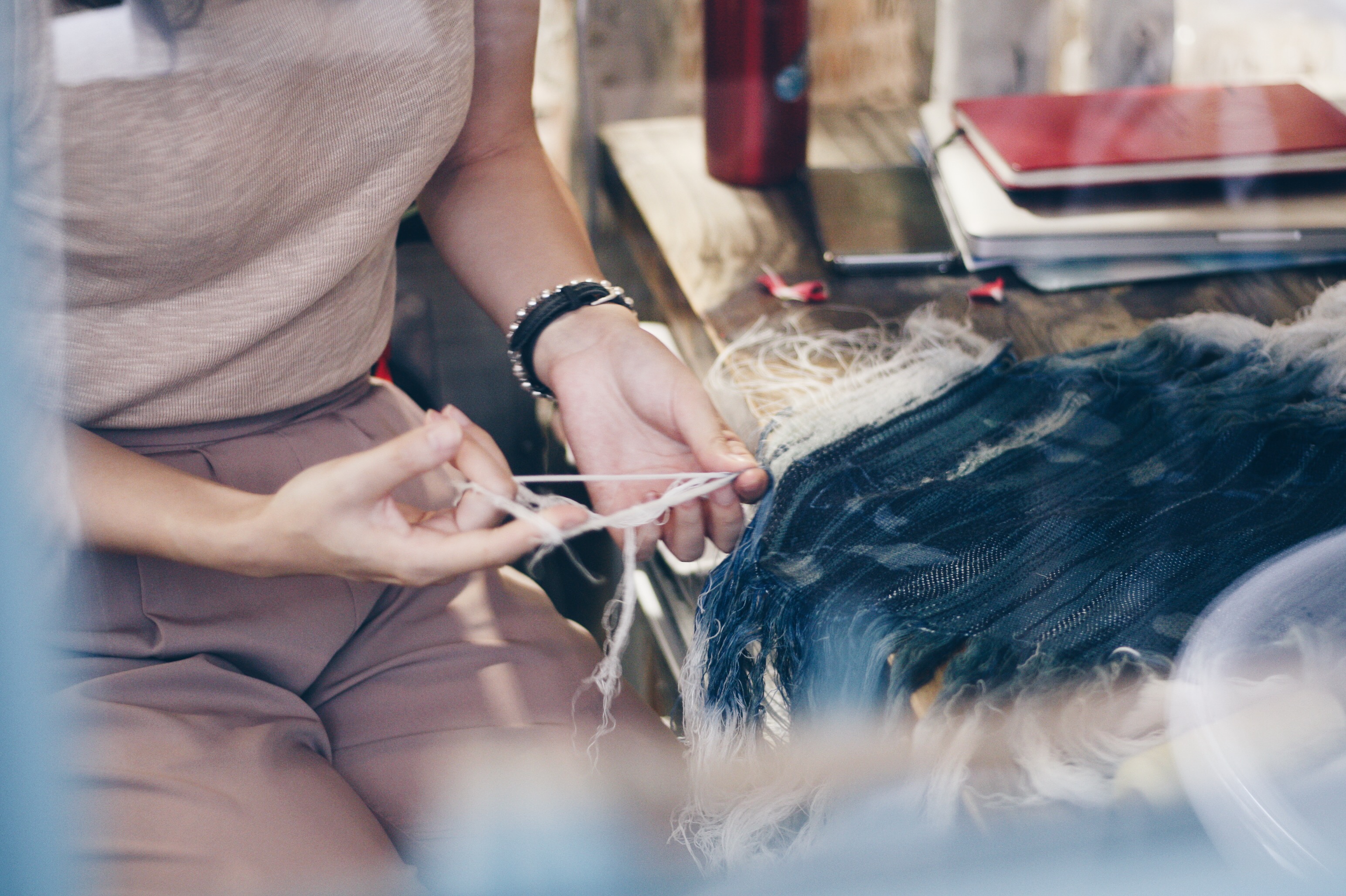
Garling considers both cyanotype and weaving forgotten artwork that should be treasured. Rarely used on textile, the afterwash hue of cyanotype fades just like memories - as time goes by, as we grow old, what has happened eventually slips away.
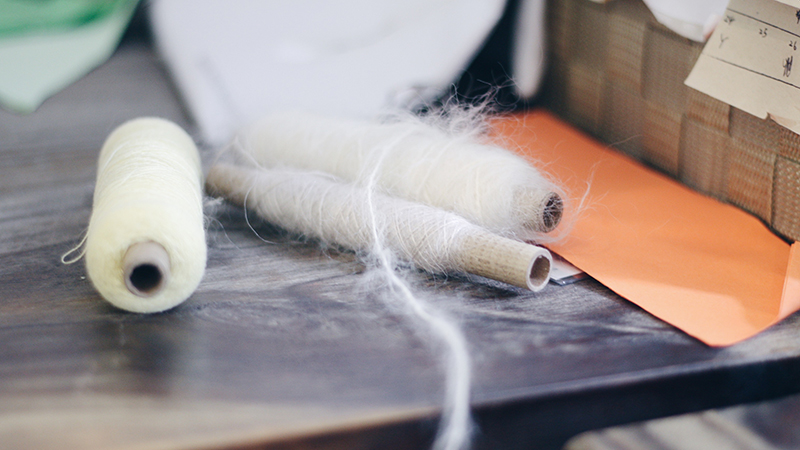
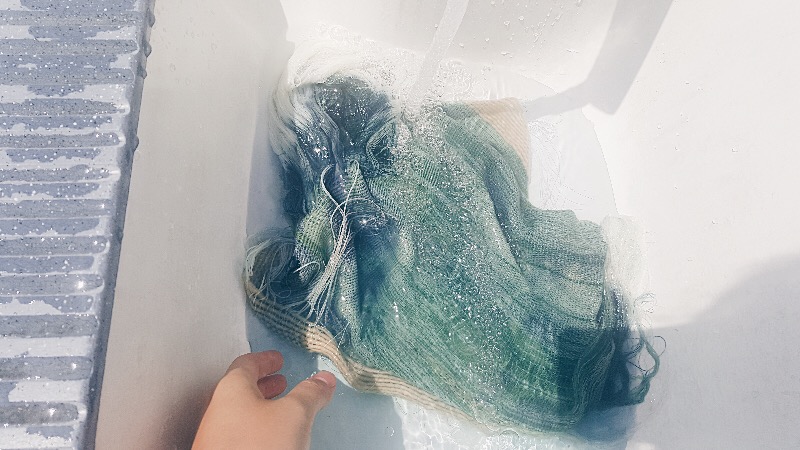
The protagonist of the story visited the exhibition too.
“He was a bit embarrassed and asked me: who’s that guy you printed on the piece of cloth?”
The reserved Garling finally smiled. “We are quite a traditional Chinese family, so we never say ‘I love you,’ but I told my father what I always wanted to say through this exhibition.”
Like father like daughter. Garling’s reserved dad left the exhibition without a word.
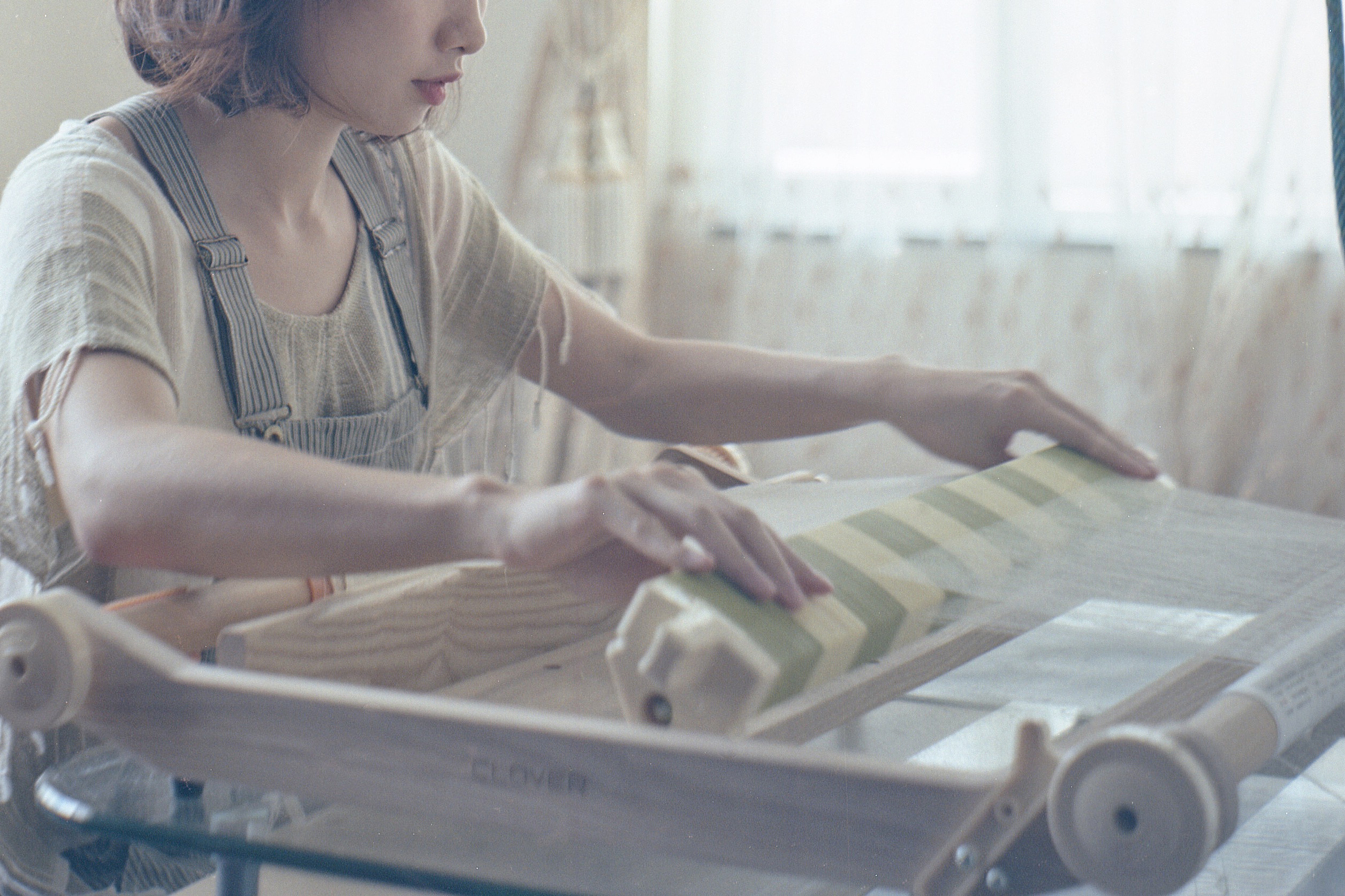
Nevertheless, something did change. “Daddy didn’t particularly like the idea me pursuing art, from time to time he would ask: when are you going to get a real job?”
After he saw how focused his daughter was on art, Daddy never asked again. Sometimes, love is better left unspoken.
Address:WHOSTHATshop, S309, 3/F, Staunton, PMQ

